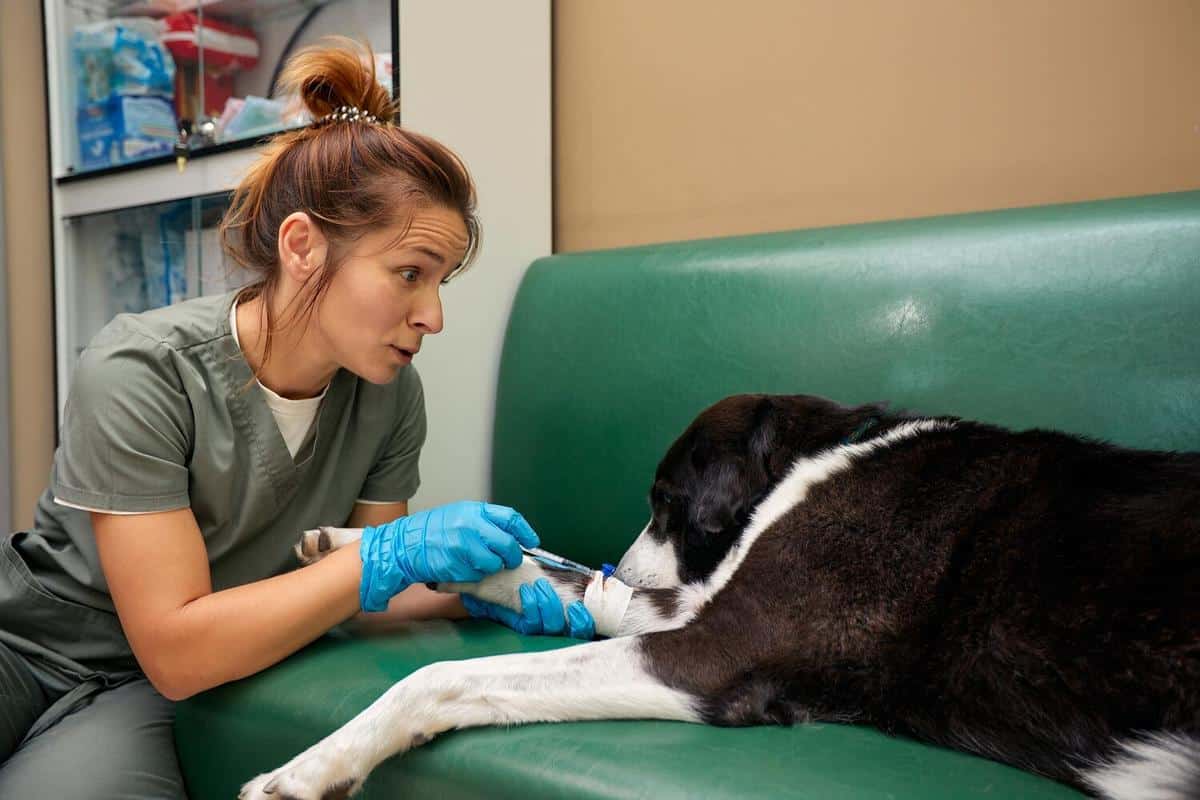
Understanding Cat Behaviour: What is Your Cat Trying to Tell You?
Ever wondered what your feline friend is trying to communicate with you through those mysterious meows and playful pounces? Understanding cat behavior is key to nurturing a harmonious relationship with your pet, and this article will guide you through the subtle art of decoding feline communication.
Deciphering Cat Communication: The Basics
Cats are complex creatures with a rich array of behaviors that can sometimes leave us puzzled. According to Dr. John Bradshaw, an anthrozoologist at the University of Bristol, cats have a unique way of interacting with humans that is deeply rooted in their wild ancestry. Understanding these behaviors can significantly enhance the way we interact with our pets.
Body Language: What Your Cat’s Actions Mean
Body language is a primary mode of communication for cats. Here are some common behaviors and what they might indicate:
- Tail Position: A tail held high suggests confidence, while a low, tucked tail may indicate fear.
- Arching Back: An arched back is often defensive, signaling that your cat feels threatened.
- Purring: Usually a sign of contentment, but can also indicate pain if accompanied by other signs of distress.
Vocalizations: The Sounds of Communication
Cats use a variety of vocalizations to express their needs and emotions. A study in the Journal of Veterinary Behavior found that cats have developed specific meows to communicate with humans. For instance, a prolonged meow or yowl might indicate that your cat is hungry or needs attention.
Personal Anecdotes: Learning from Experience
Consider the case of Alex, a cat owner who was initially perplexed by his cat’s incessant meowing every morning. After observing and understanding his cat’s body language and vocal cues, Alex realized that his cat was simply seeking morning affection, a routine they now cherish.
Actionable Tips for Better Communication
Improving communication with your cat involves a mix of observation and interaction:
- Observe Consistently: Pay attention to your cat’s daily behaviors and note any changes.
- Respond Appropriately: If your cat is meowing excessively, check for any unmet needs like hunger or litter box issues.
- Encourage Play: Engage your cat in regular play sessions to alleviate boredom and strengthen your bond.
Understanding Cat Behavior: A Table for Quick Reference
| Behavior | Meaning |
|---|---|
| High Tail | Confidence |
| Low Tail | Fear |
| Slow Blink | Affection |
| Hissing | Fear/Discomfort |
| Purring | Contentment |
| Kneading | Comfort |
| Wide Eyes | Alertness |
| Whisker Position | Curiosity |
Frequently Asked Questions
How can I tell if my cat is happy?
Look for signs such as purring, kneading, and a relaxed posture. A cat that feels safe and secure will often engage in these behaviors.
Why does my cat suddenly hide?
Cats might hide due to stress, fear, or illness. If this behavior is sudden and persistent, a visit to the vet is advisable.
Conclusion: Enhancing Your Feline Relationship
Understanding cat behavior is an ongoing journey that requires patience and observation. By paying close attention to your cat’s body language and vocal cues, you can foster a deeper connection and a more harmonious living environment. Remember, every cat is unique, so what works for one may not work for another. Keep learning and adapting to ensure your feline companion feels understood and loved.


